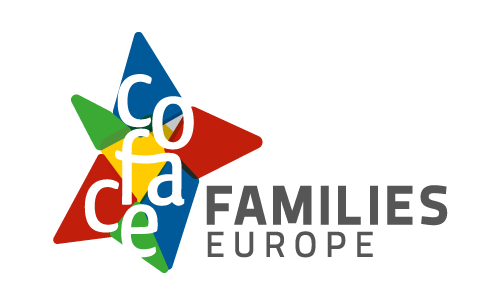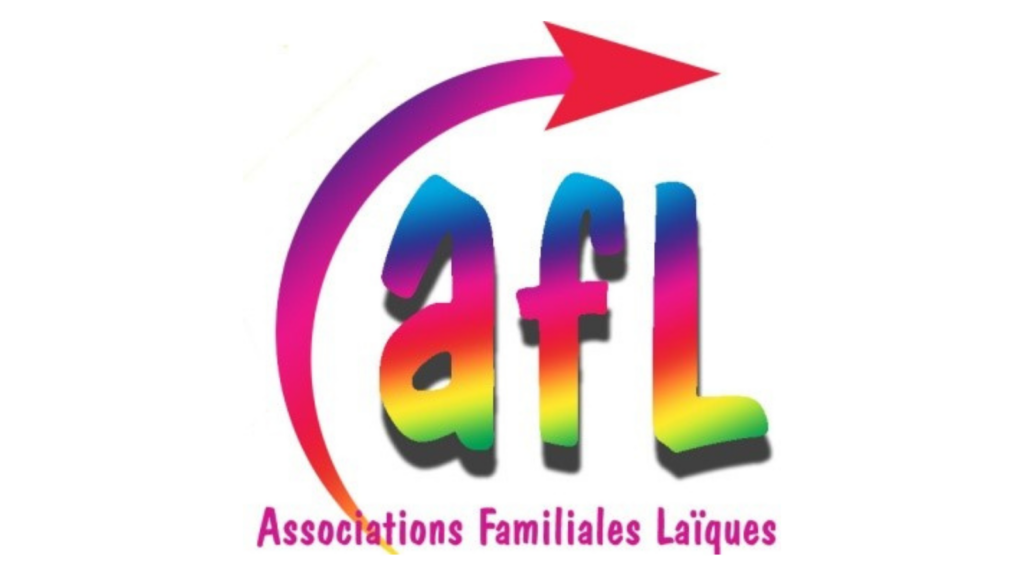On 27 May 2025, after more than two years of work, the indicators sub-group of the Social Protection Committee has released its Monitoring Framework for the Council Recommendation on Access to Affordable High-Quality Long-Term Care (Council Recommendation on LTC). The monitoring framework includes indicators that will allow the European Union to better gather and compare data on long-term care at EU level, as well as to measure the Member States progress towards achieving the objectives of the Council Recommendation on LTC, which was adopted in 2022.
The Framework will be used as reference for monitoring the implementation of the Recommendation on LTC, notably through the Social Open Method of Coordination, the European Semester, or the upcoming 2027 implementation report of the Council Recommendation on LTC.
The monitoring framework is based on three types of indicators/information: Firstly, the performance indicators, which reflects progress towards the key objectives of the Recommendation. Secondly, the policy levers, which provide information as to whether the specific provisions of the LTC Recommendation are reflected in national legislative or policy frameworks. Thirdly, context information, which recalls the demographic, socio-economic and fiscal context.
The LTC Recommendation concerns all people in need of LTC and all carers. However, as LTC needs become mostly prevalent in old age, most LTC indicators that pertain to people in need of LTC focus on those aged 65+. However, for indicators related to the LTC workforce and informal carers, adults of all ages are considered.
Regarding informal/family carers, the Monitoring Framework policy levers indicators assess several dimensions in Member States’ policies and legislations:
- Firstly, whether Member States have established procedures for identifying informal carers, and/or have a legal definition of informal carers. Based on this criterion, the data finds that there are procedures to identify informal carers in almost half of the Member States, but these are rarely contained in legislation and often do no entail the existence of a formal registry.
- The second dimension concerns the range of potential support options available, based on four types of support : (1) respite care, (2) training, (3) counselling and (4) care leave. According to the data, some forms of support exist in the majority of Member States. Most provide “medium” support (at least two forms of support). Seven Member States provide “low support” (only one form). Only one Member State, Italy, was found to have no support available based on the above mentioned criterion.
- The third dimension relates to access to social protection (e.g. pensions and healthcare) and/or adequate financial support (e.g. cash benefits) to compensate for possible losses due to care-giving activities. According to the data presented, almost all Member States provide some compensation the form of social protection and/or financial support. Social protection is more frequent, and often encompasses pensions entitlements or contributions, contributions to healthcare and/or unemployment insurance. Only three Member States provide social protection and financial support at the same time, while five provide none.
For more information you can access the presentation of the Monitoring Framework via this link.





